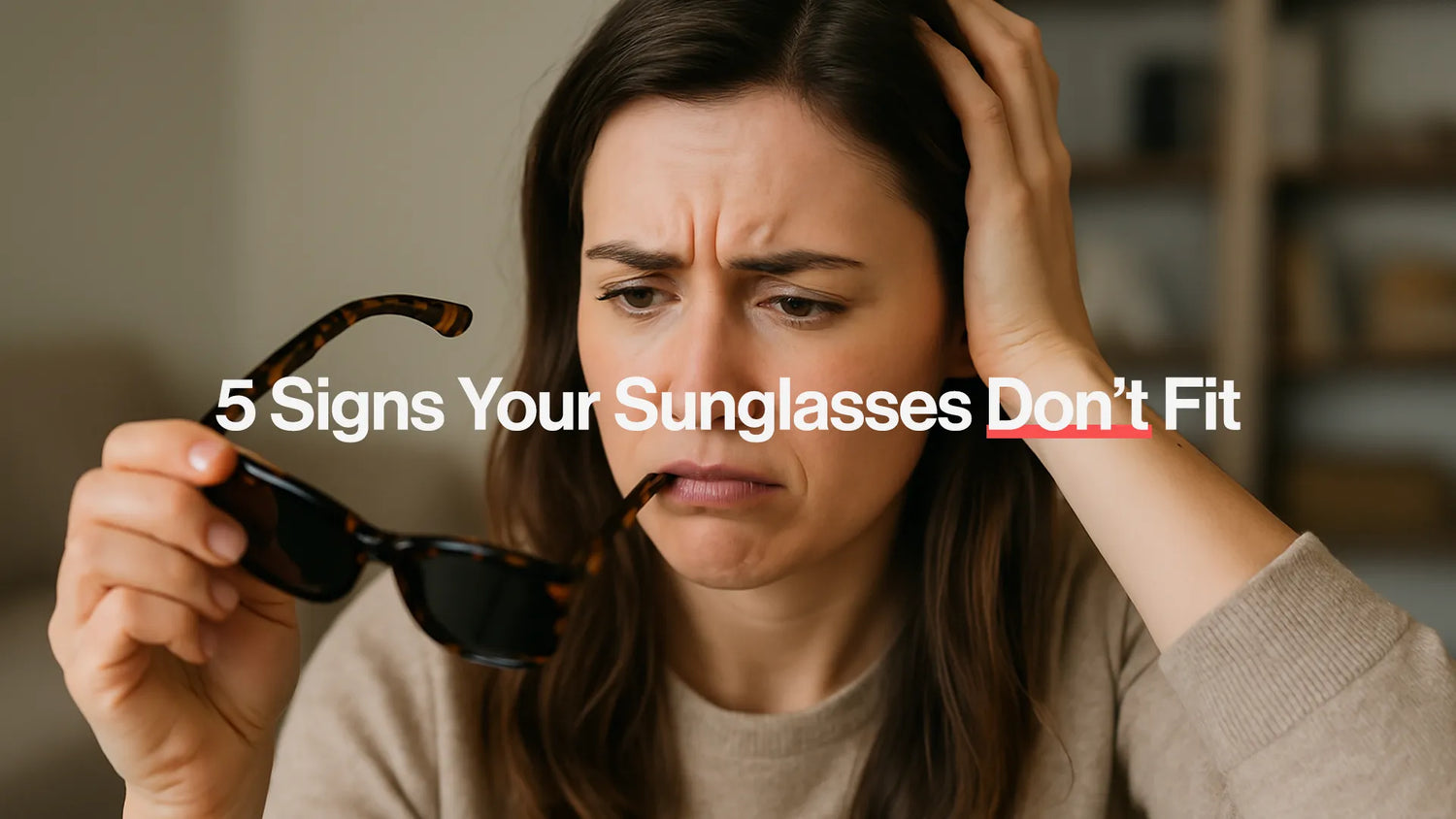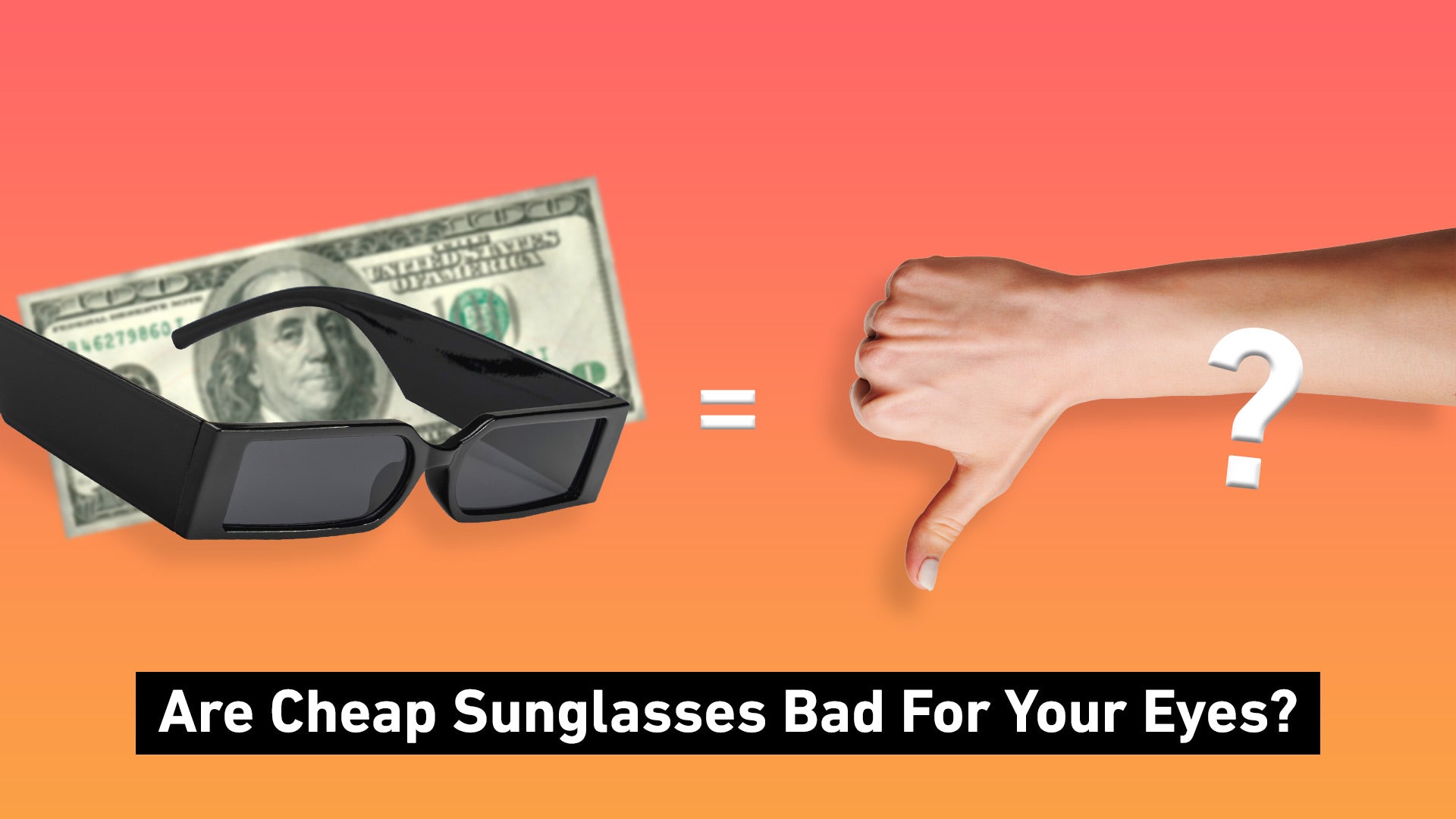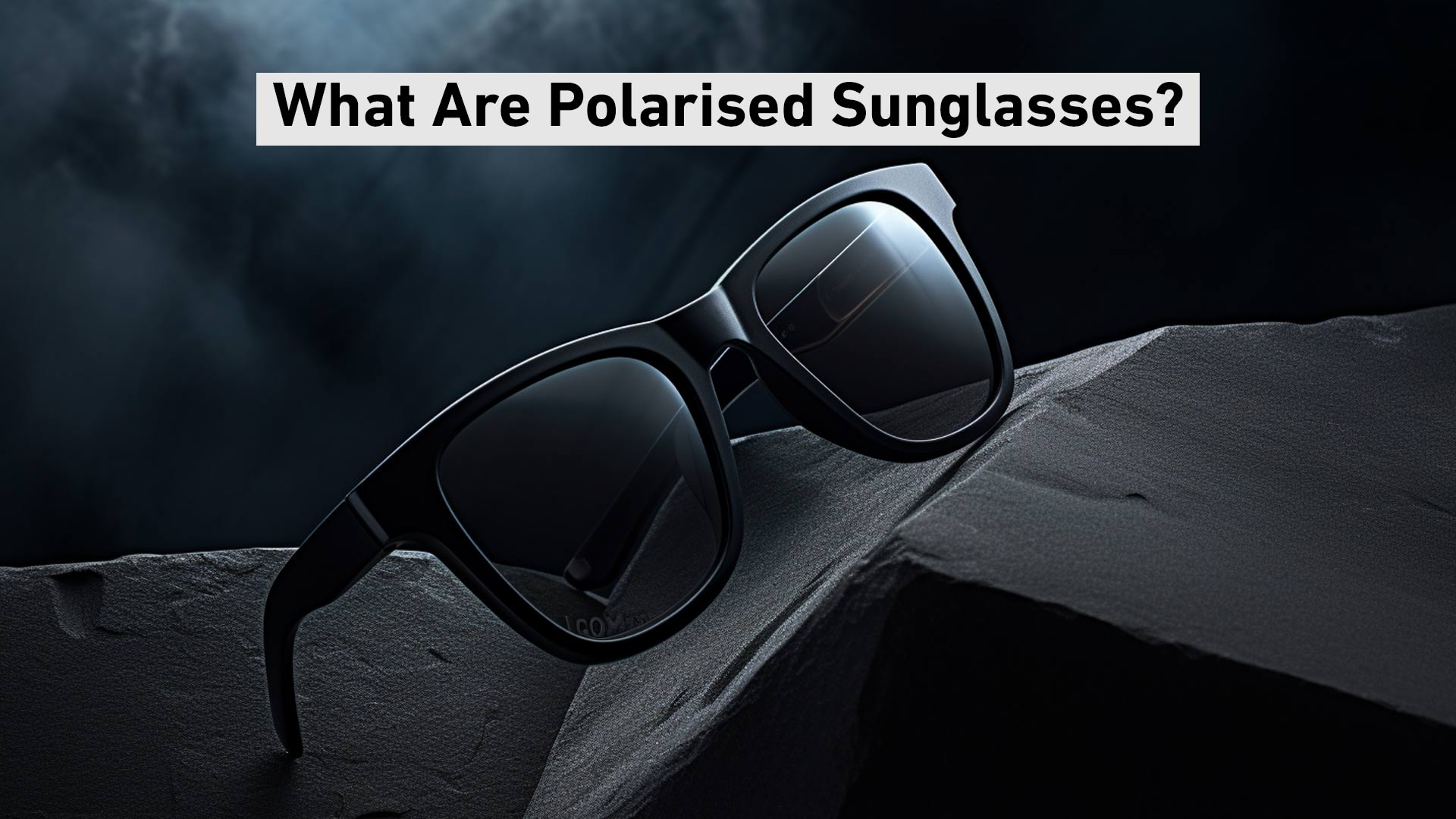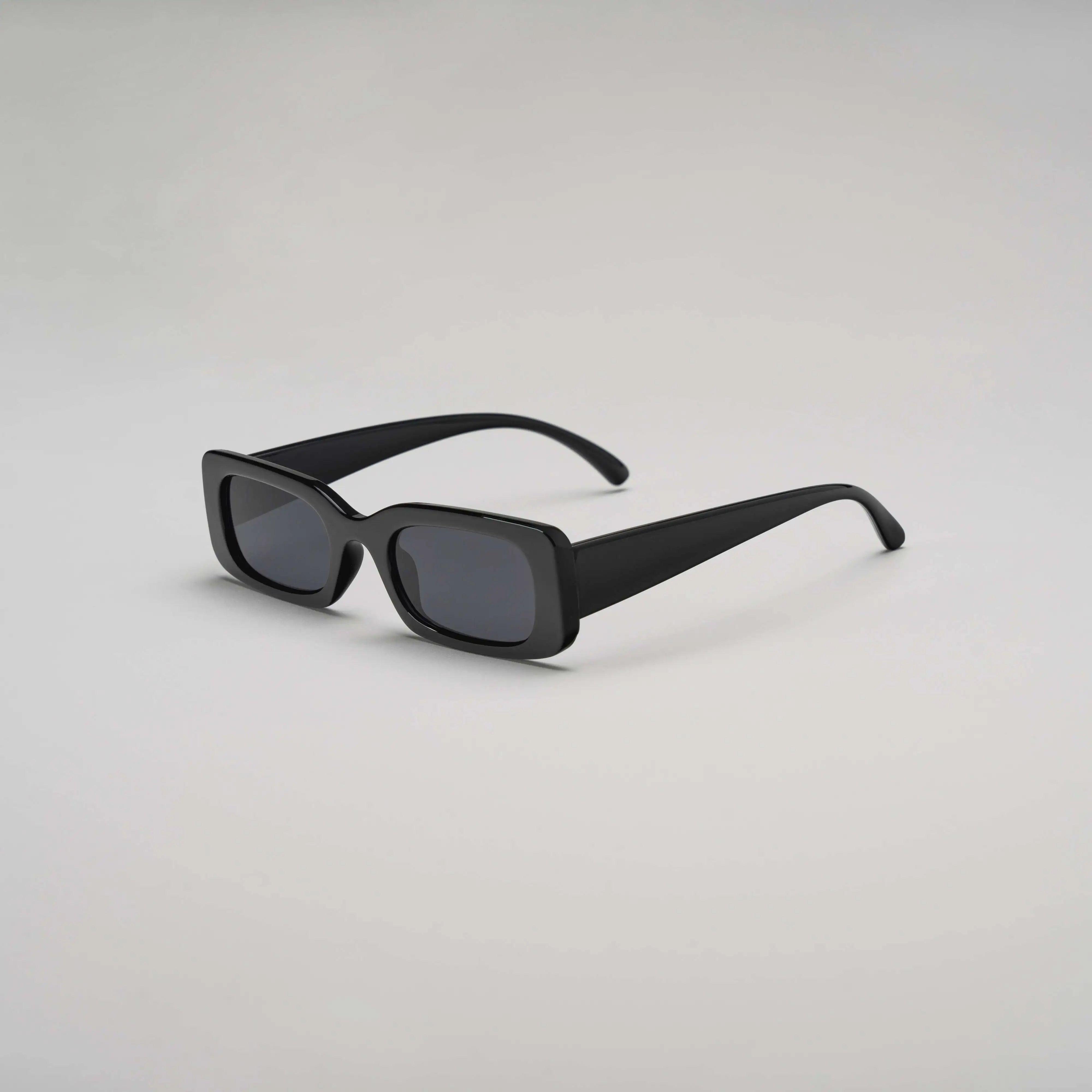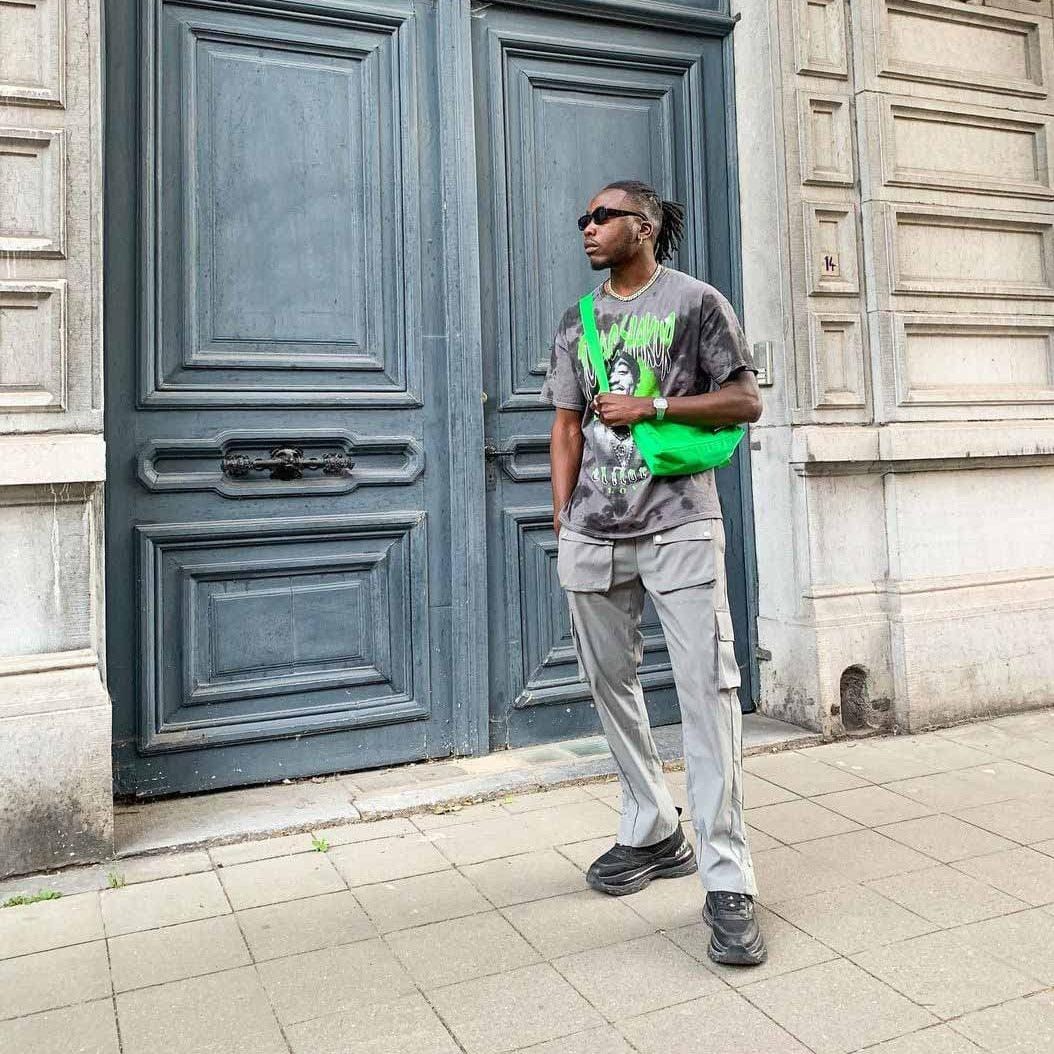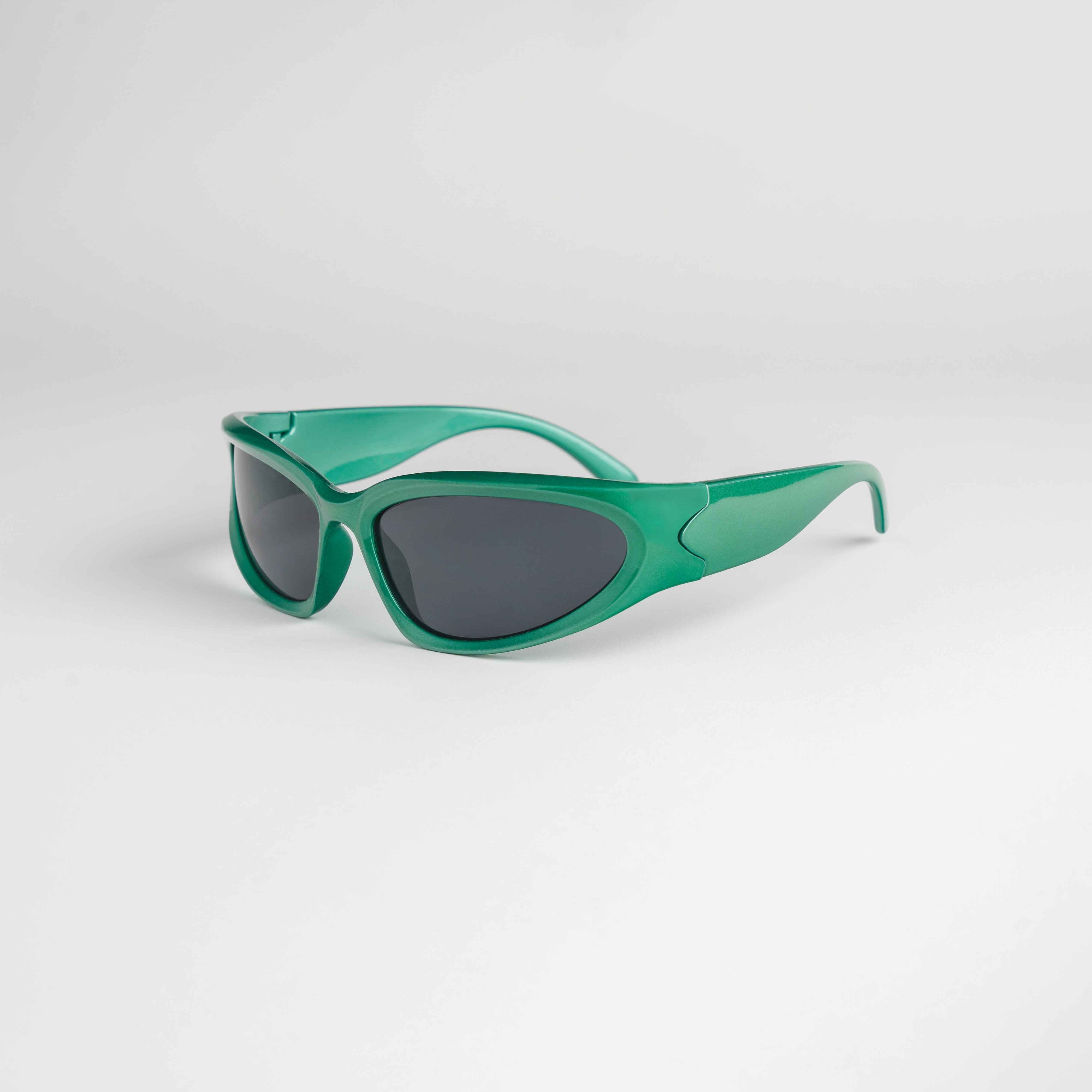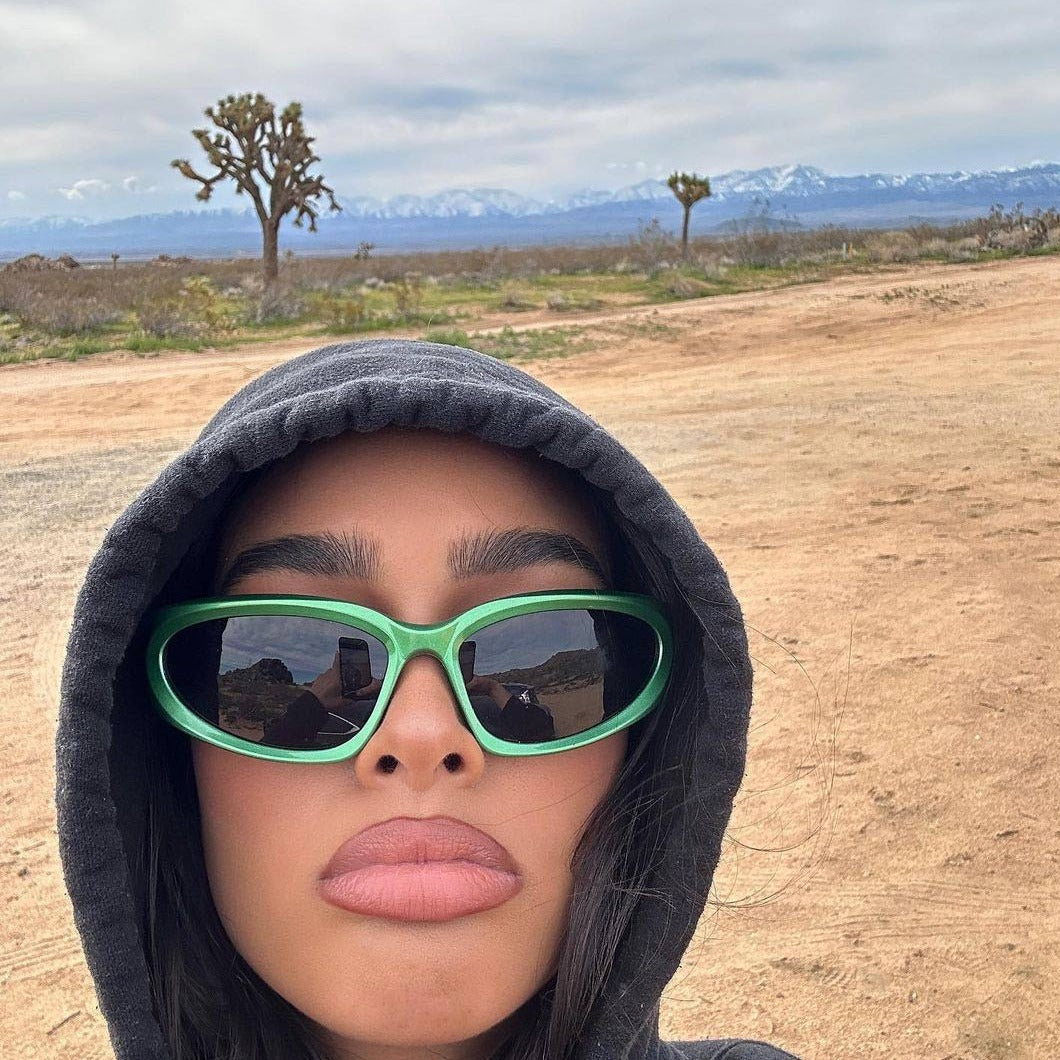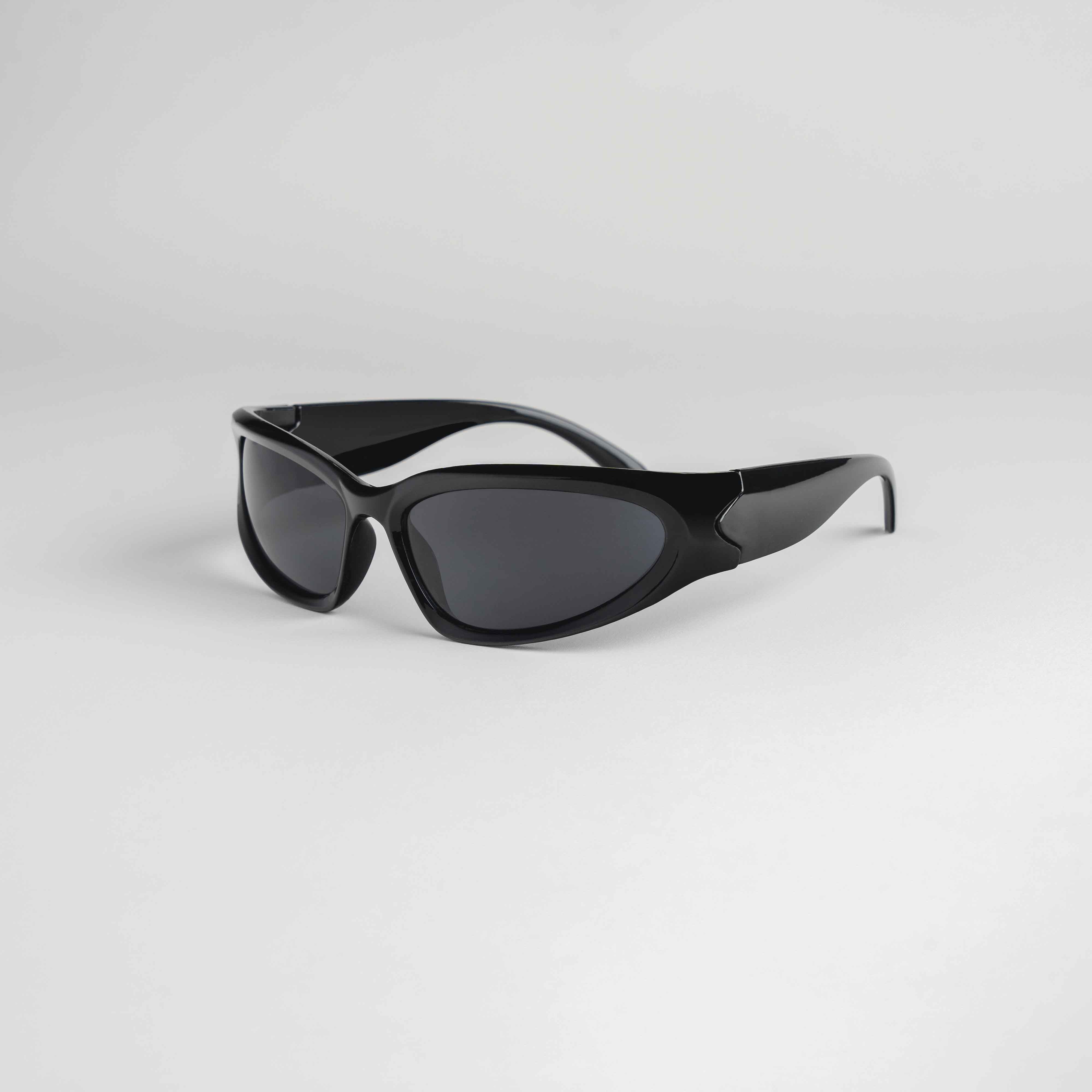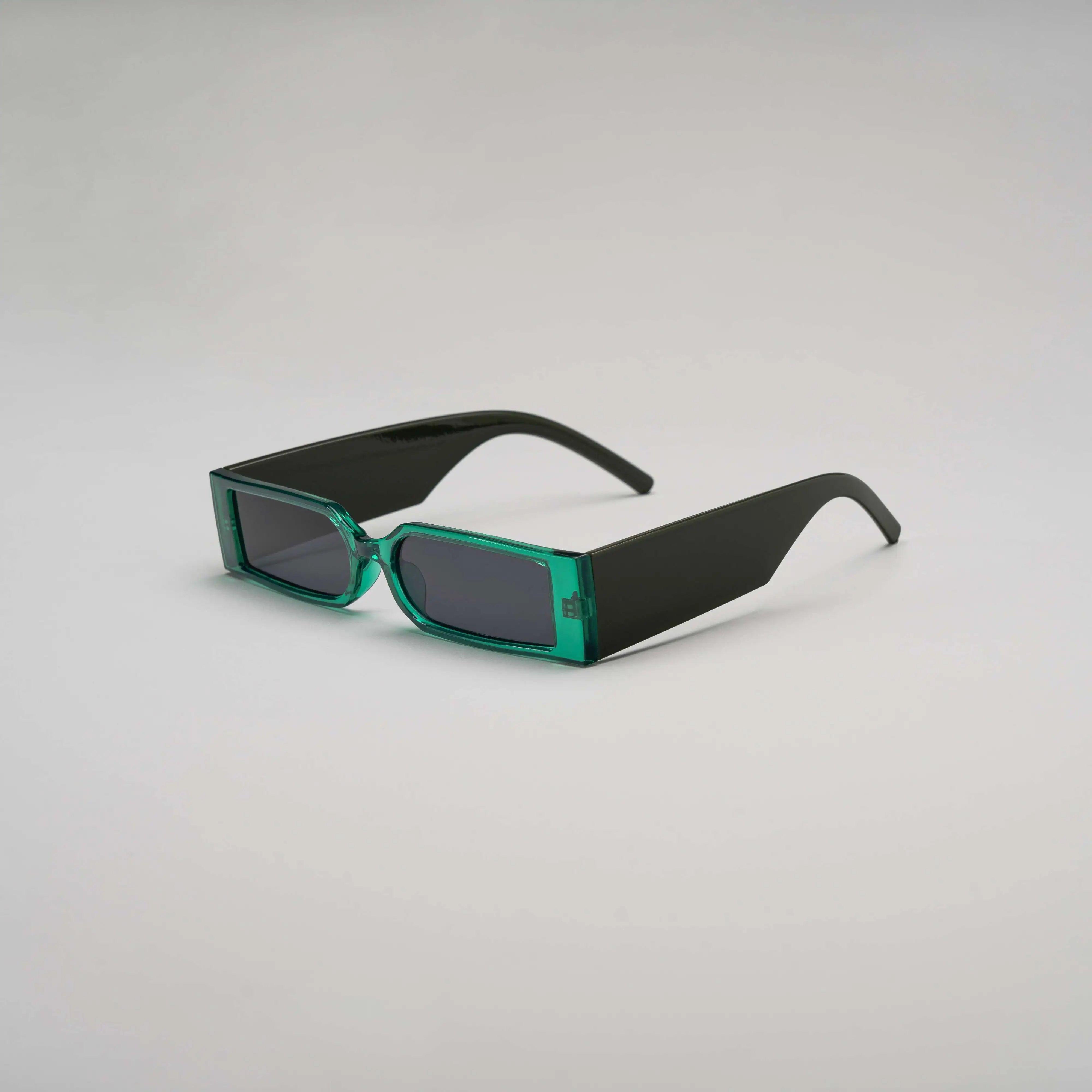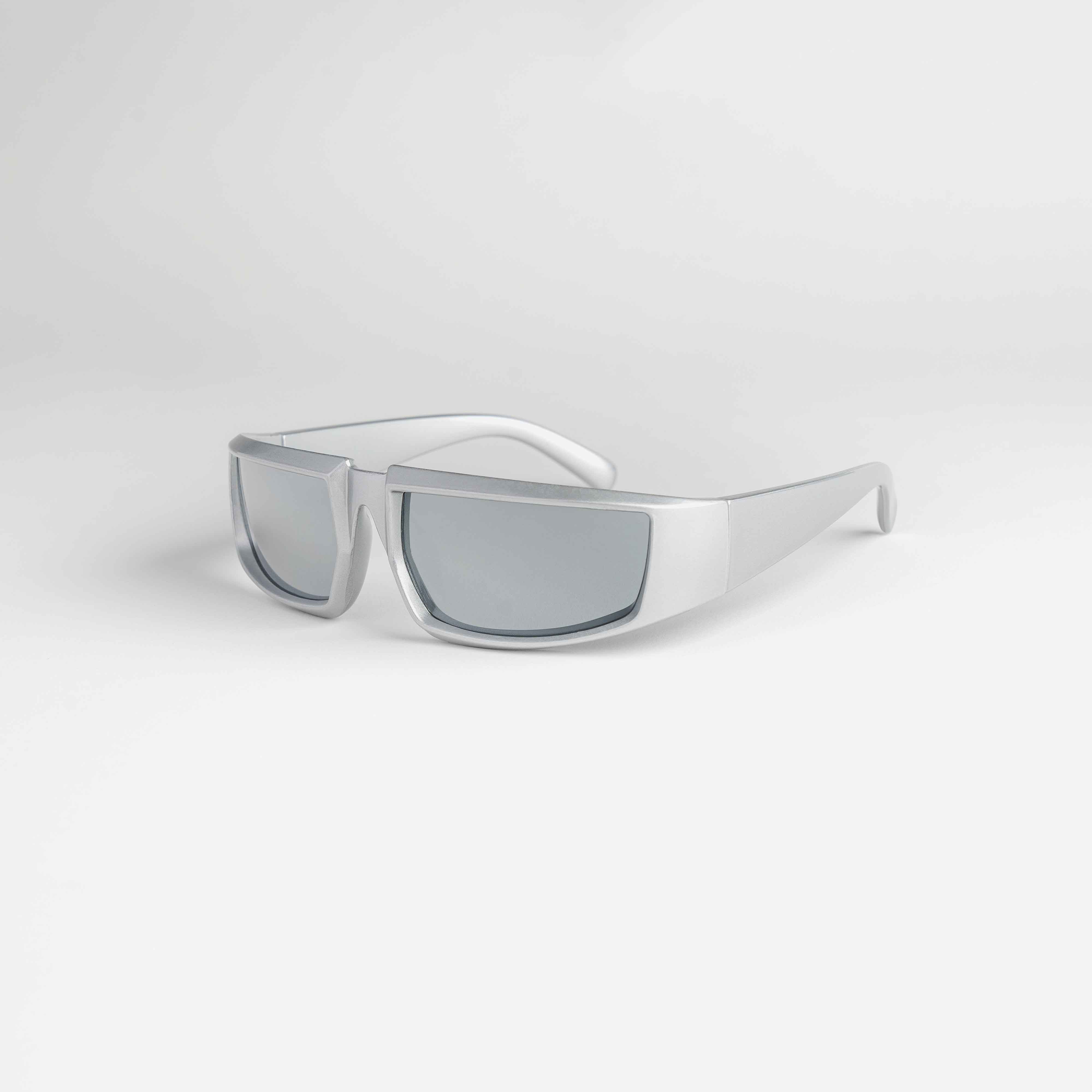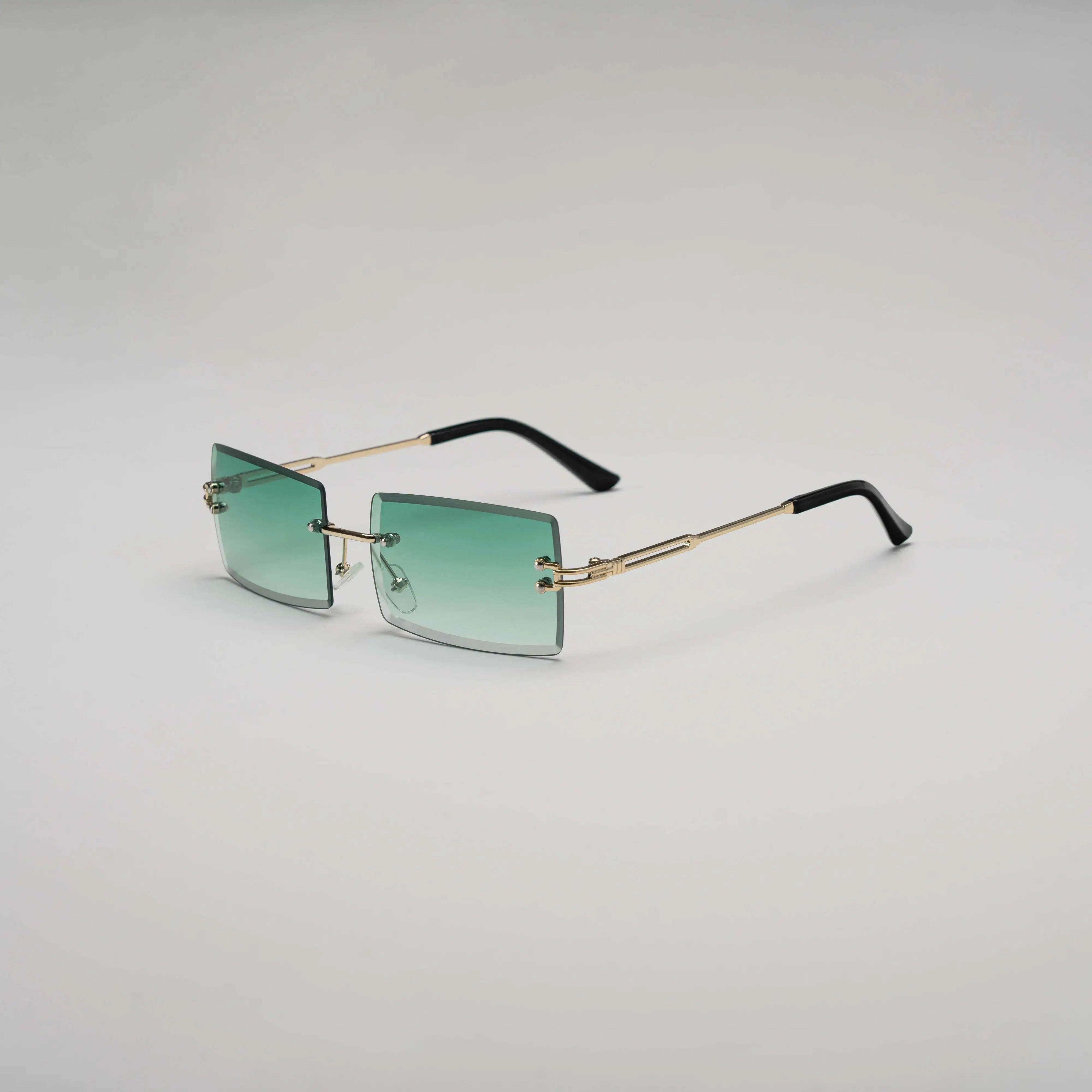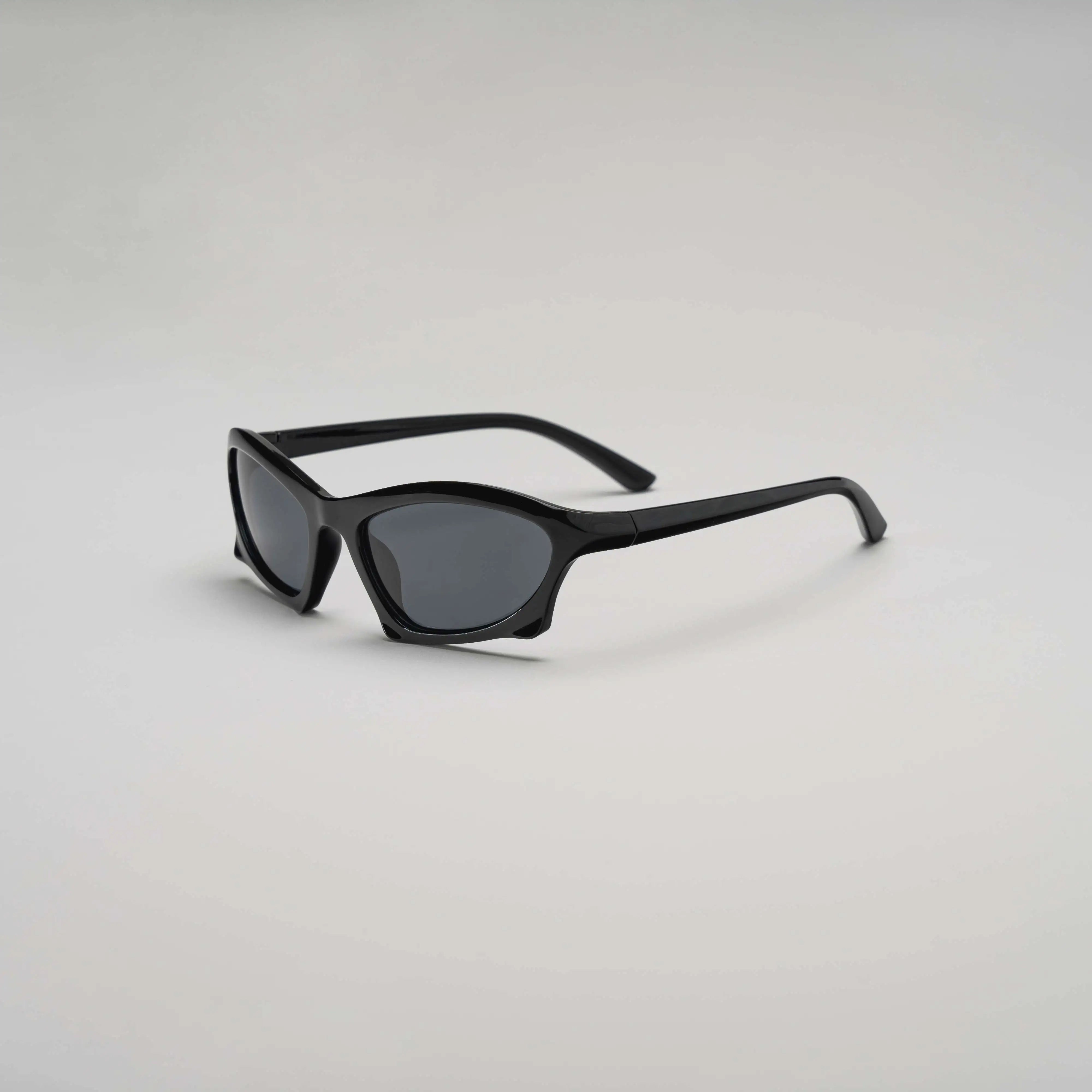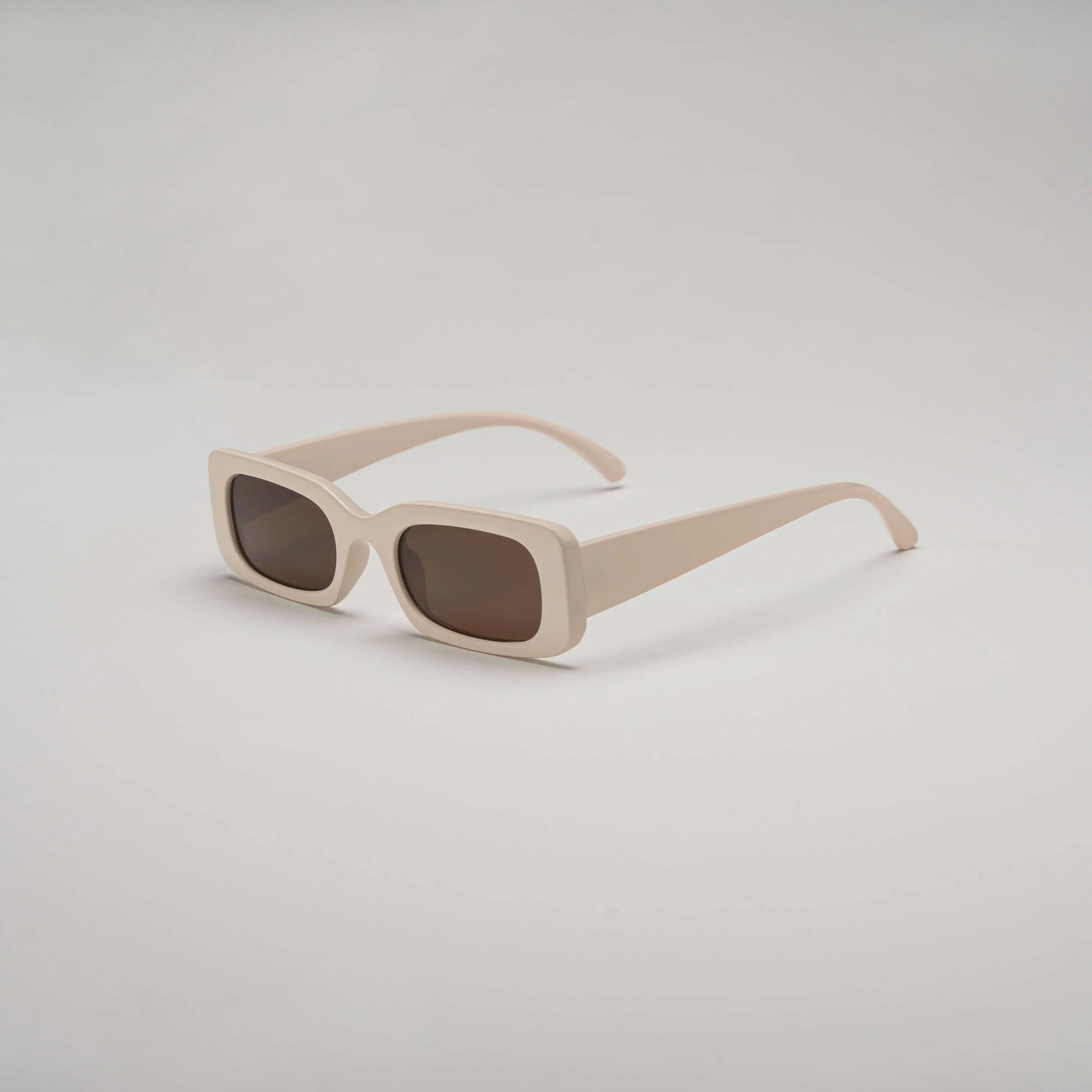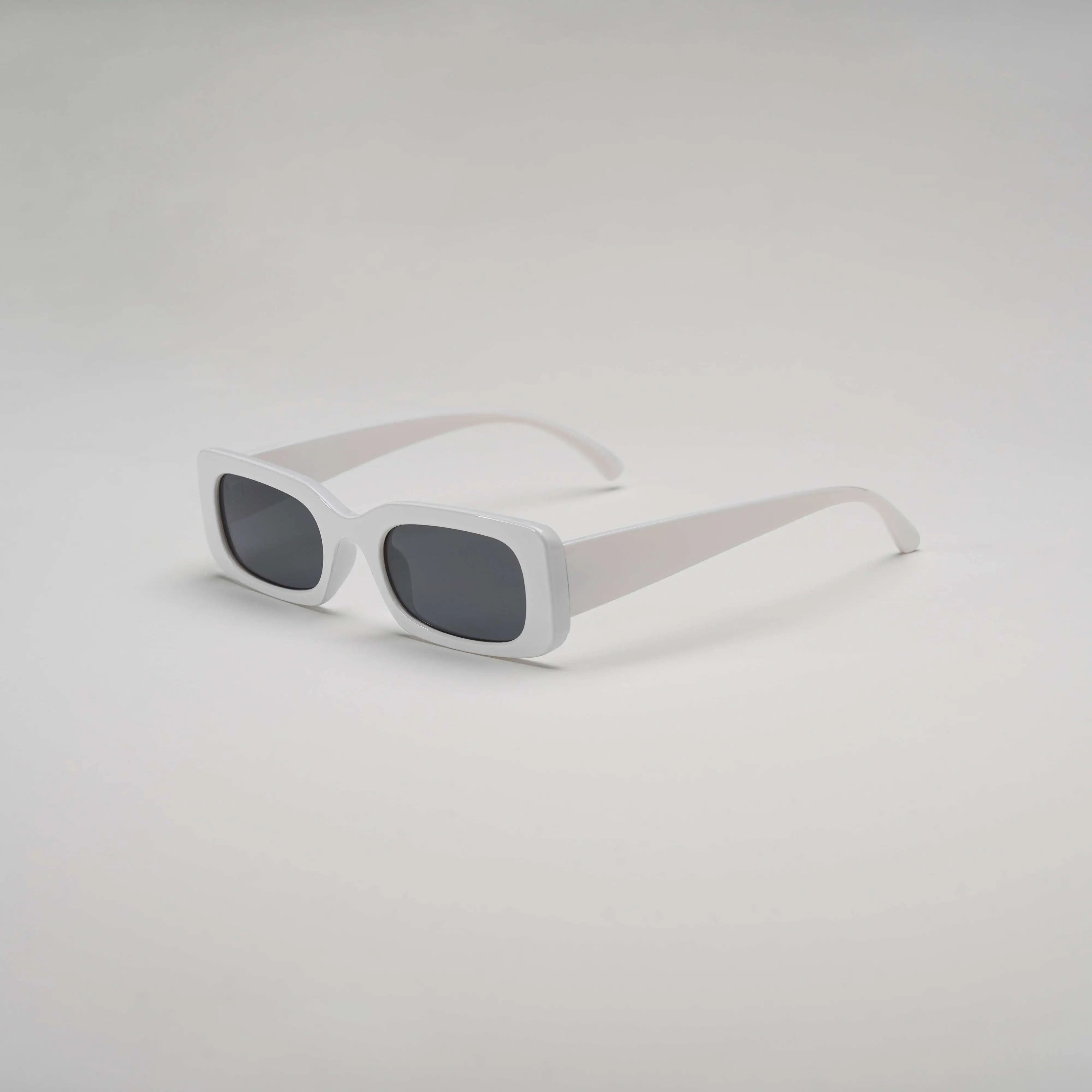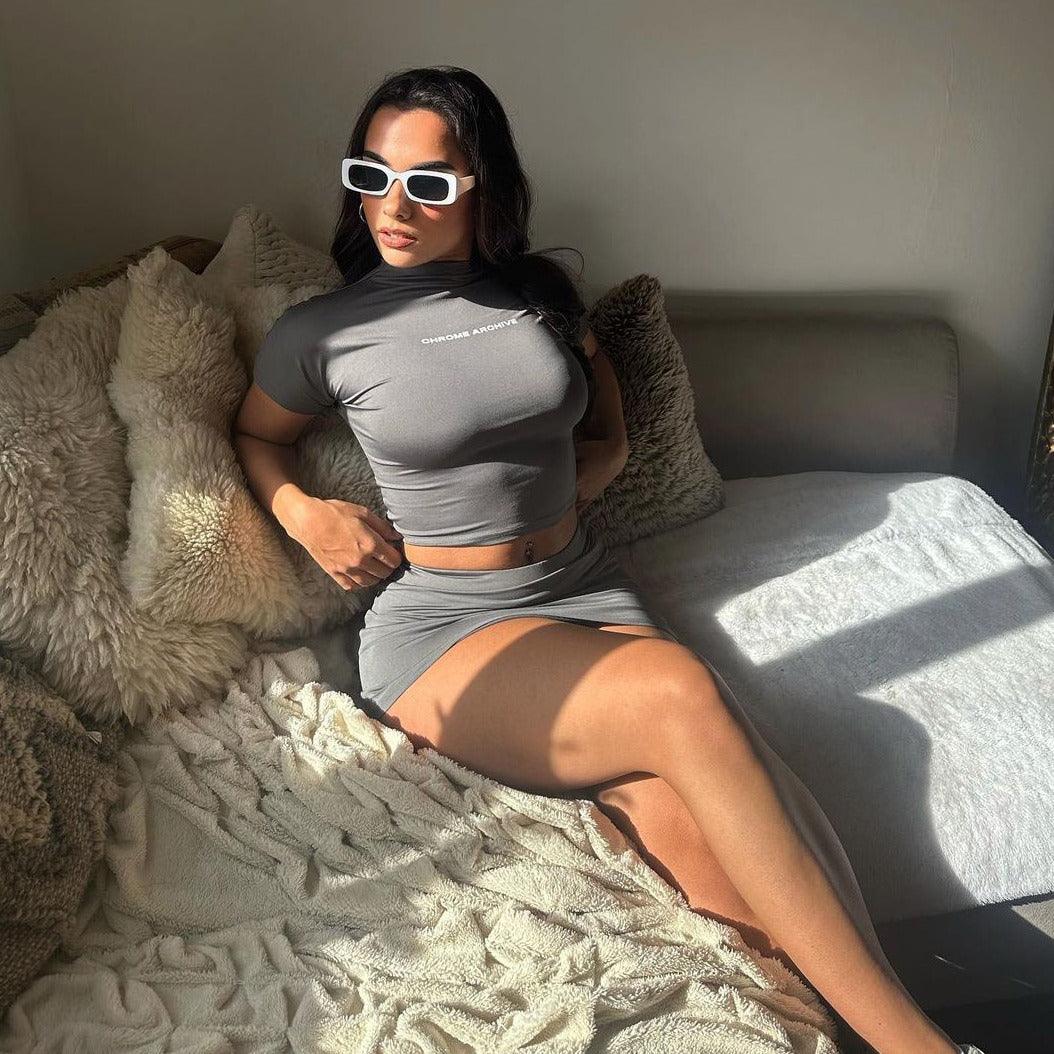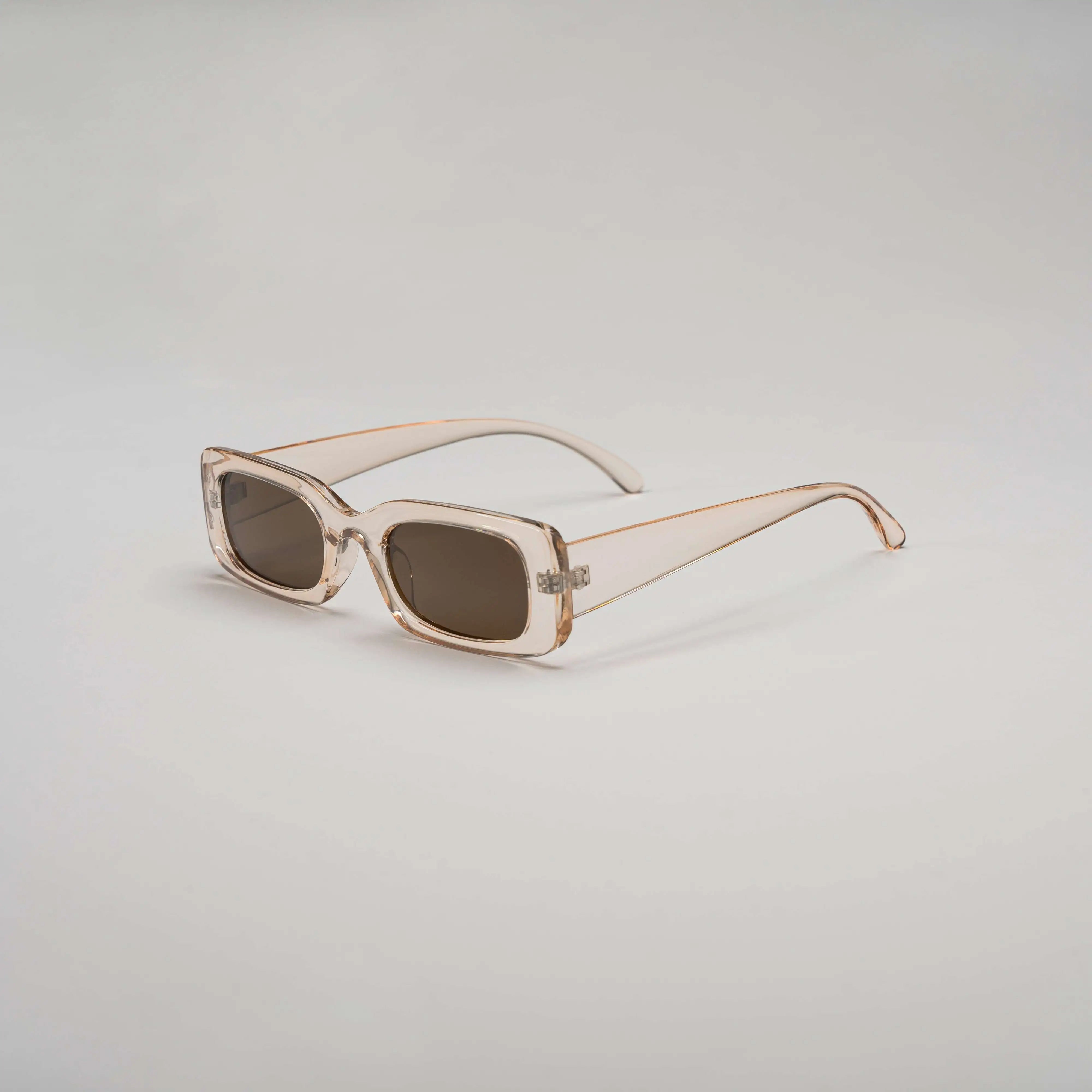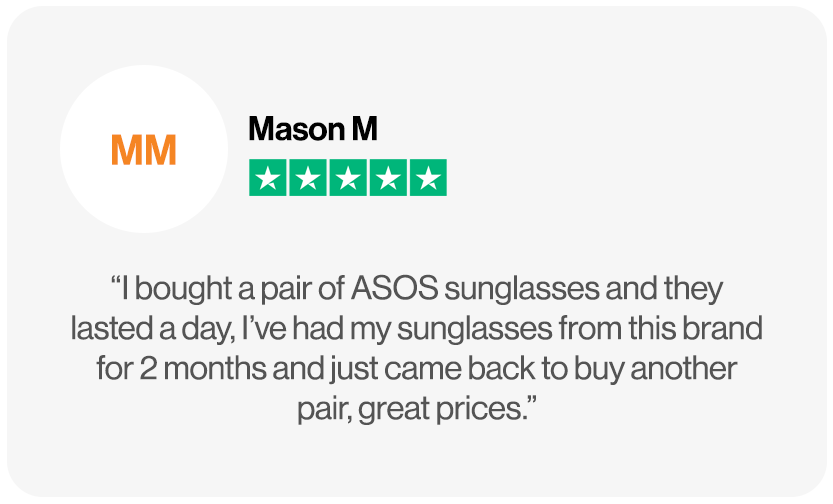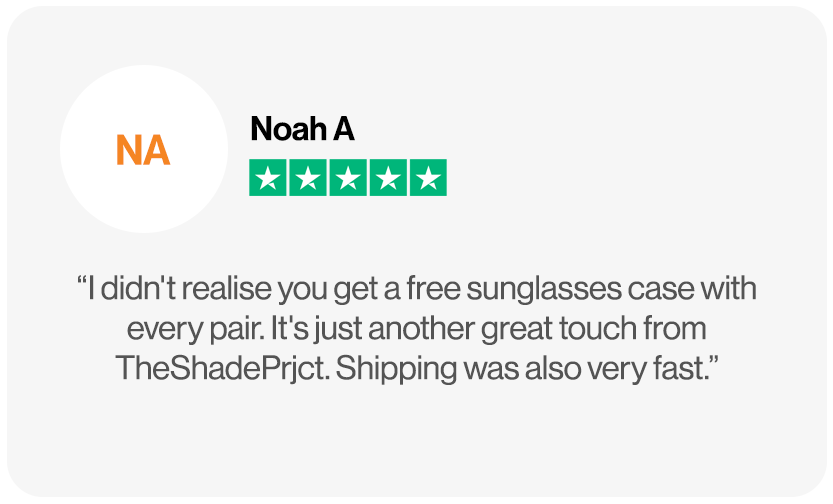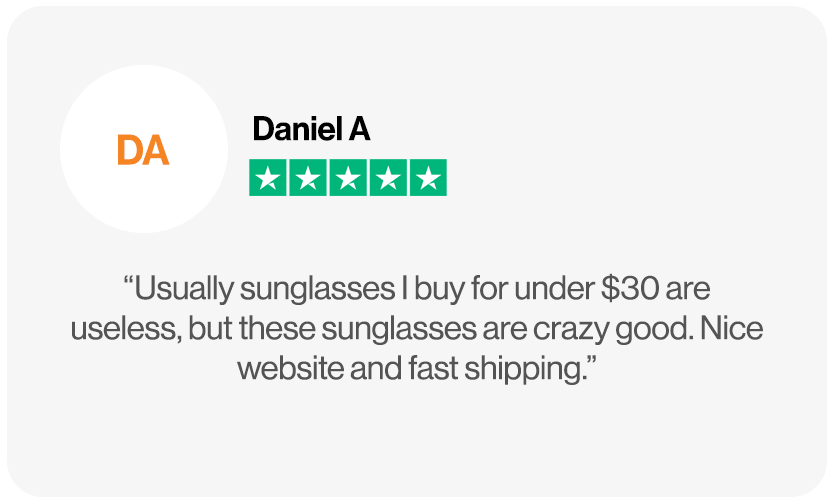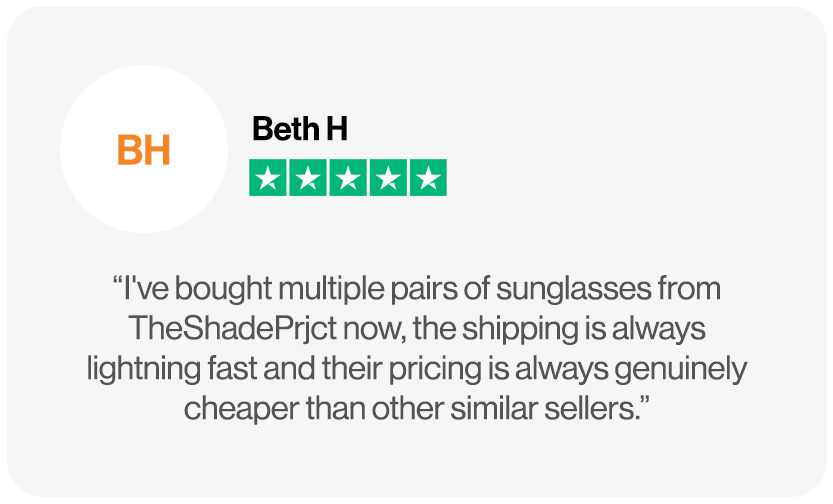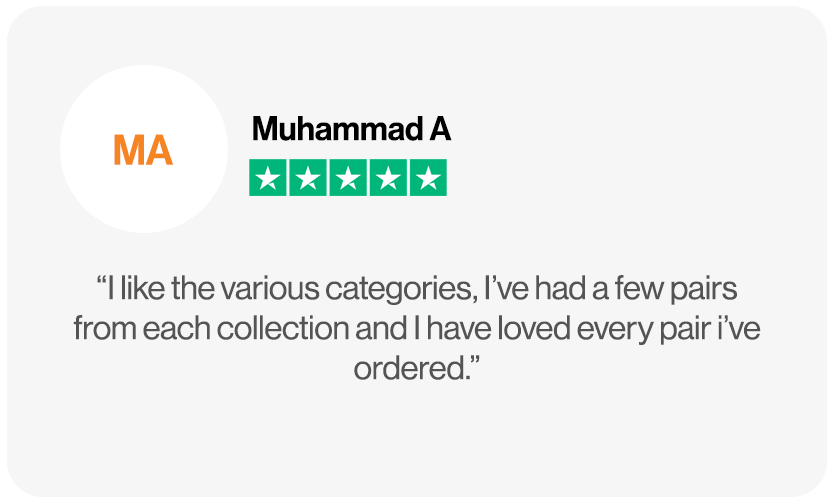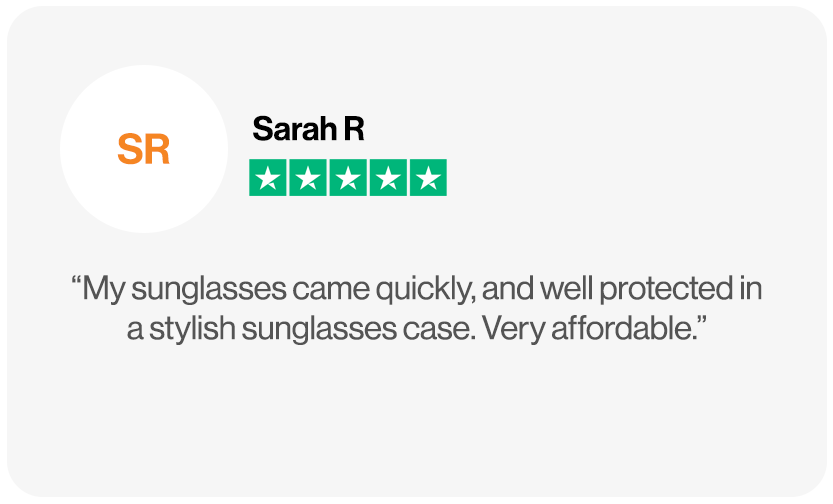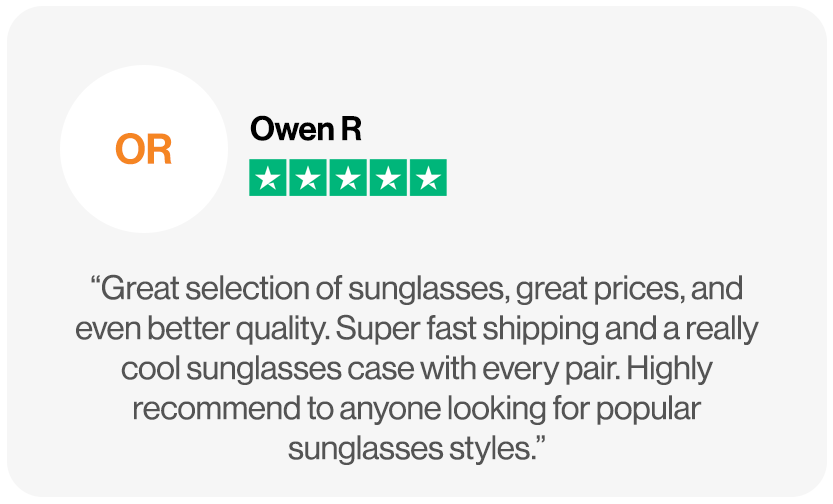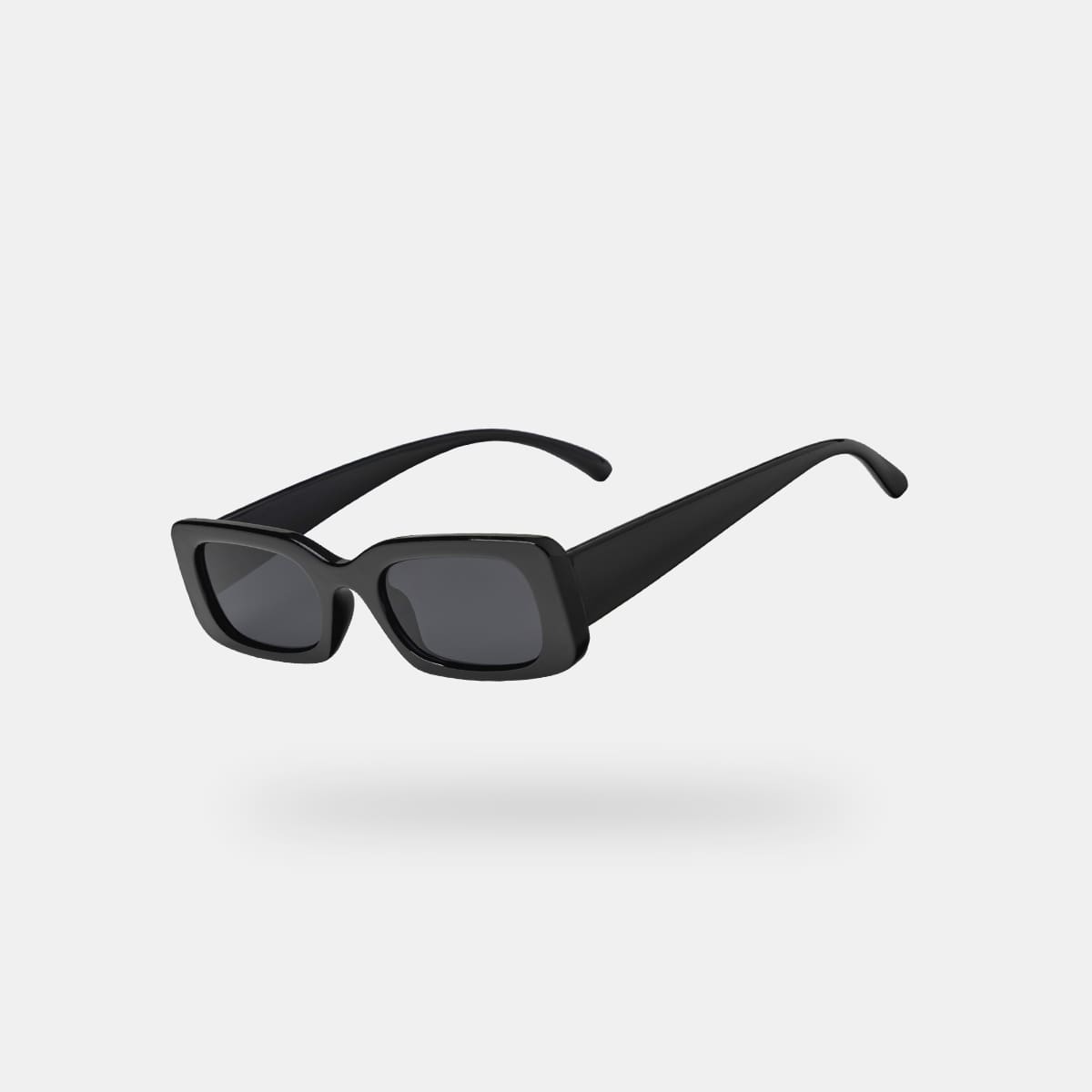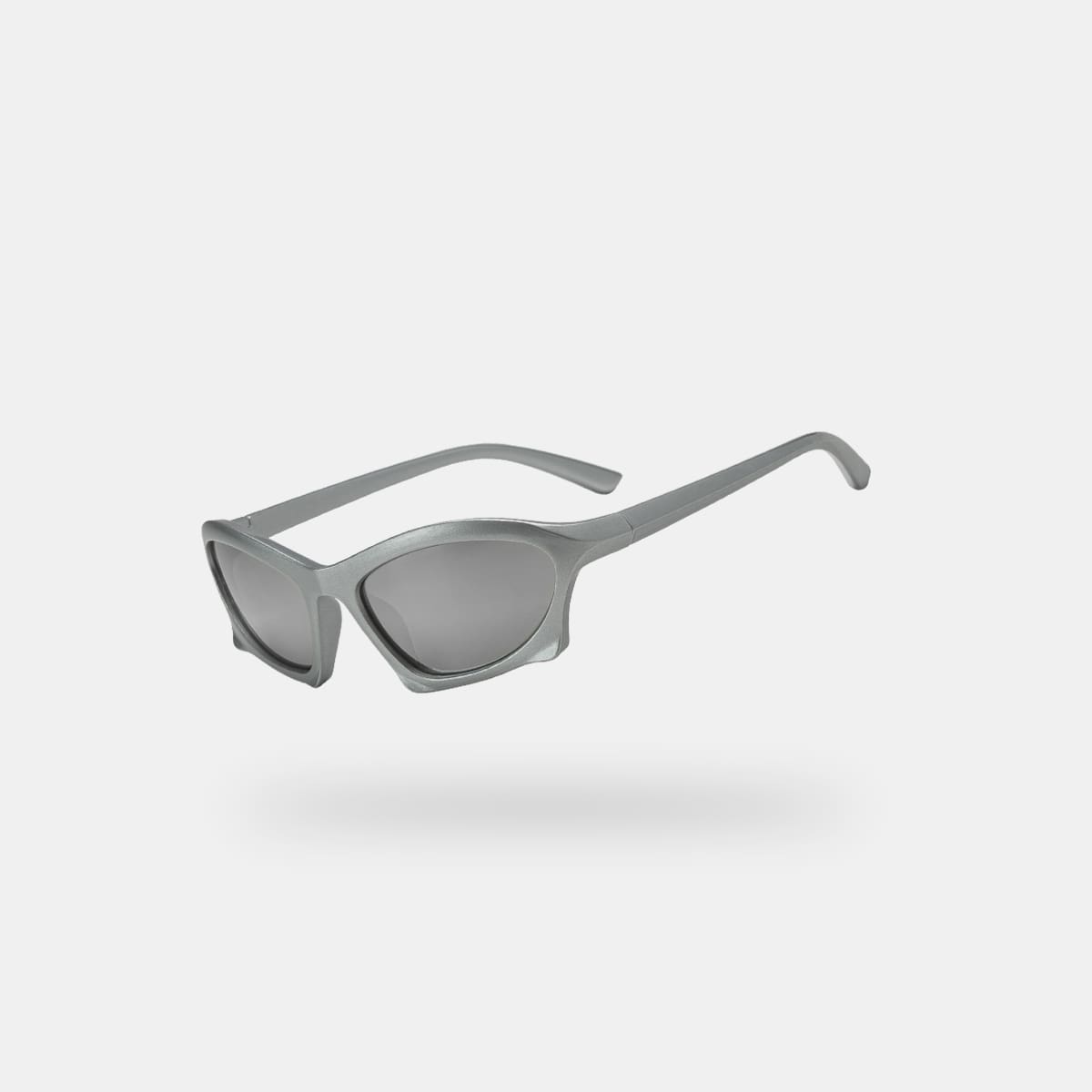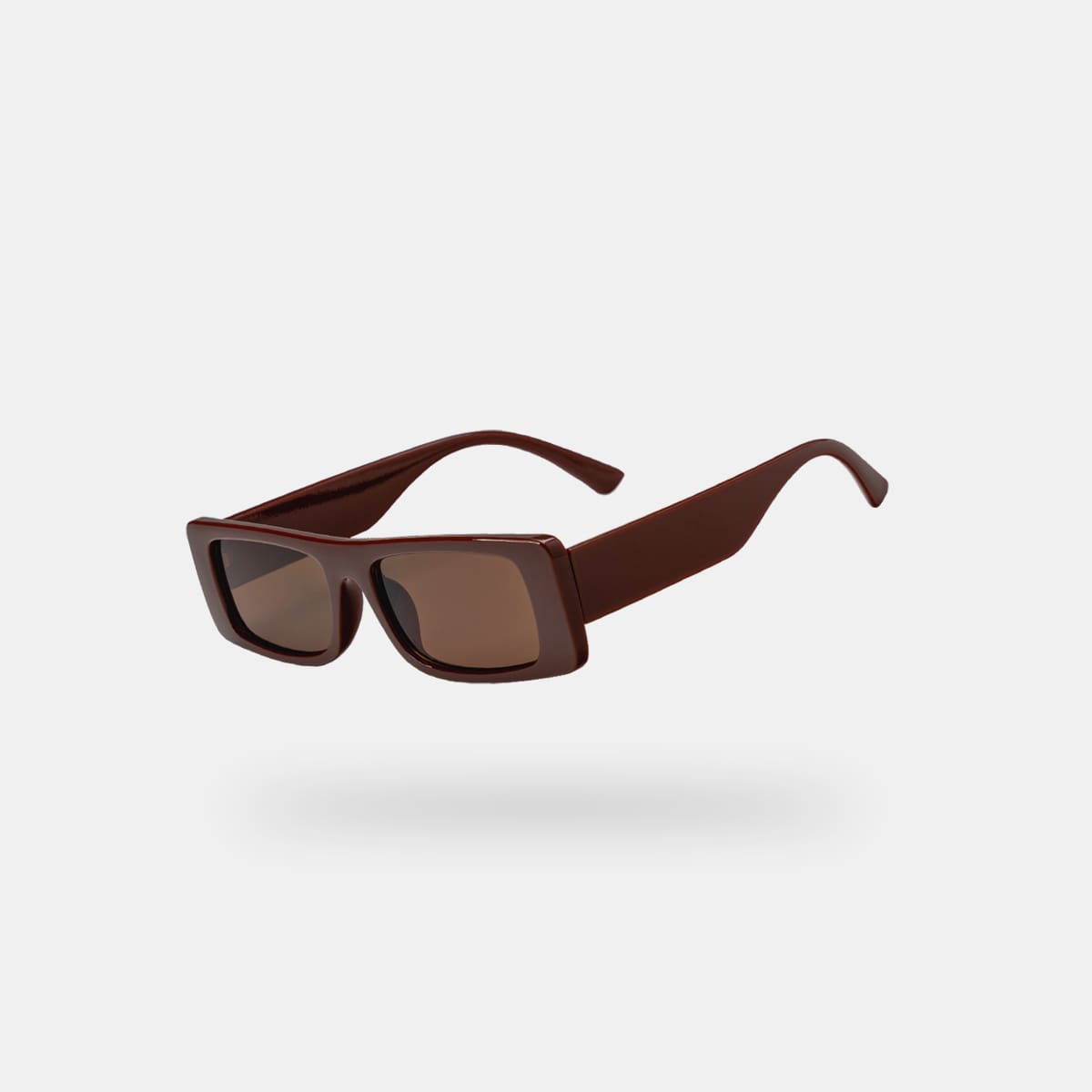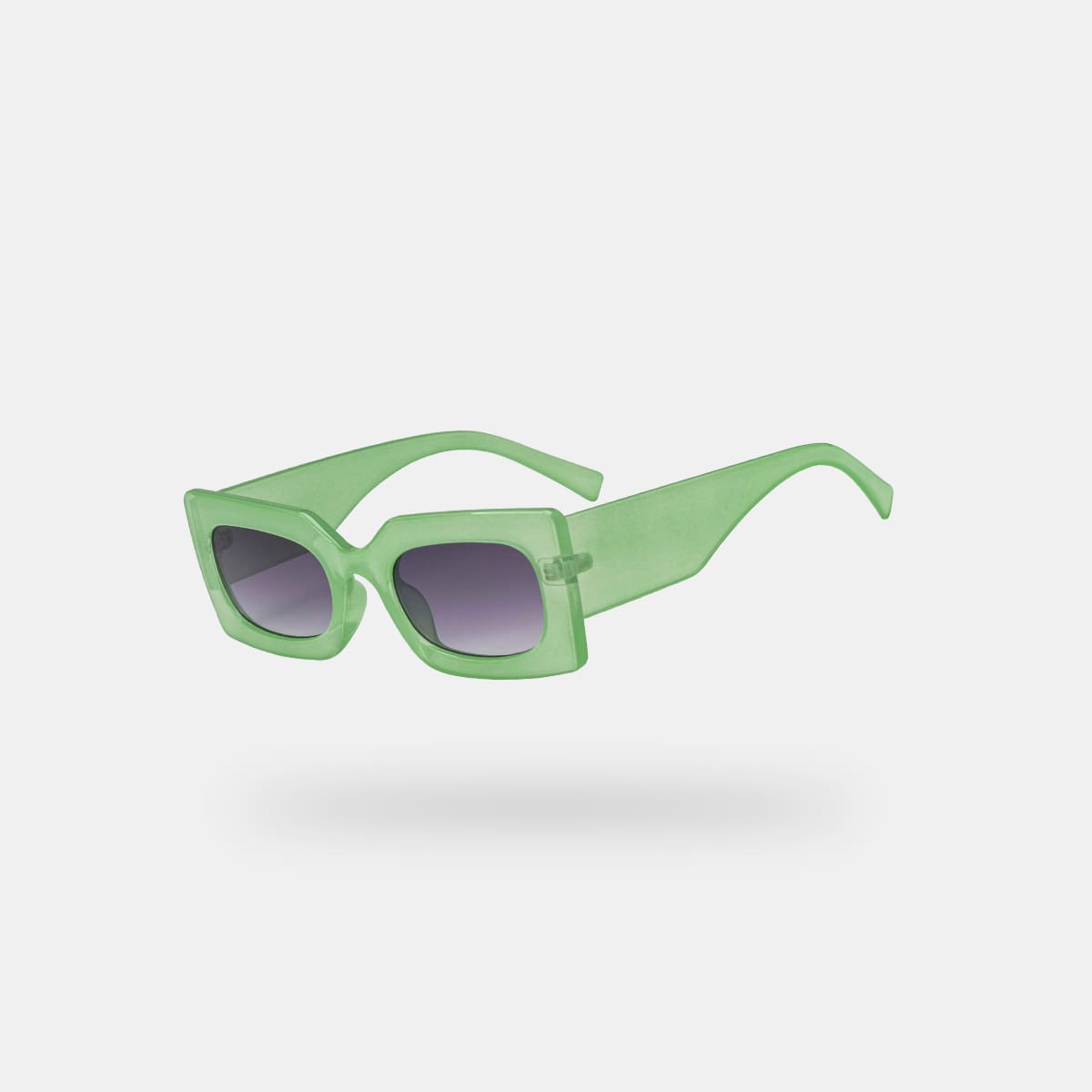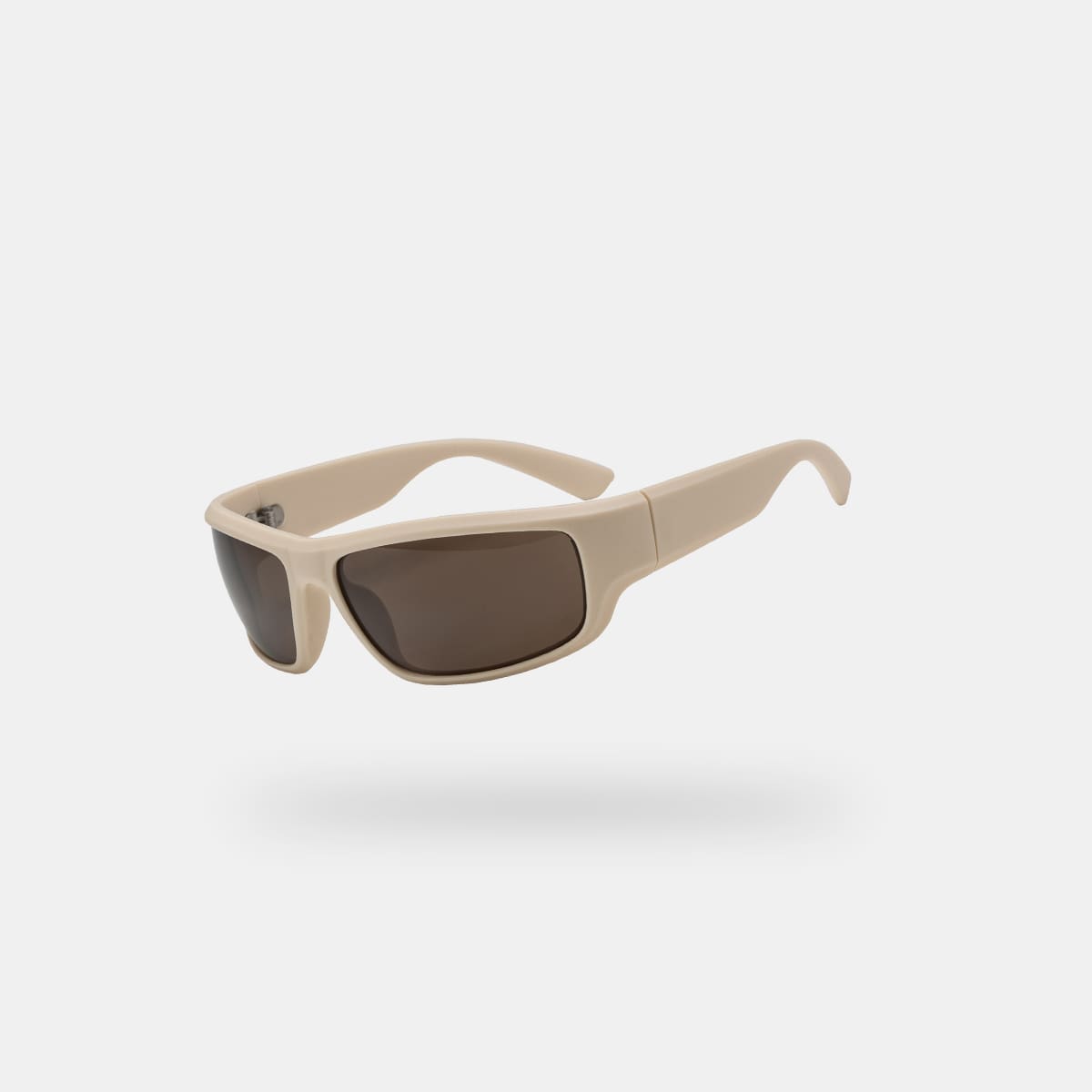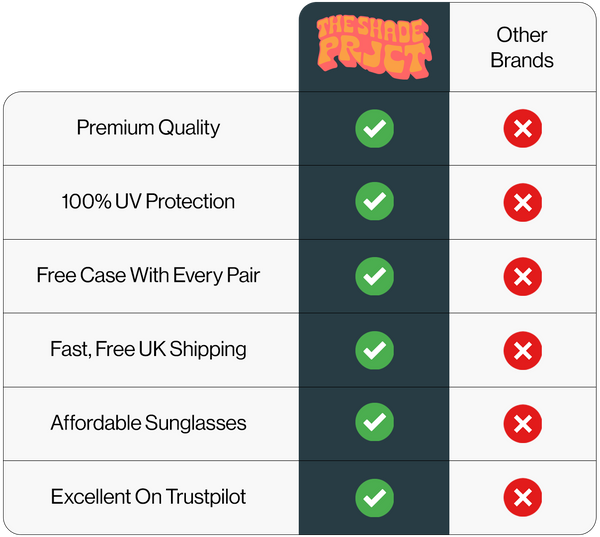Introduction
When it comes to sunglasses, finding the perfect fit is essential. Not only do well-fitting sunglasses provide optimal comfort, but they also ensure maximum protection for your eyes against harmful UV rays. However, many people overlook the importance of proper fit and end up with sunglasses that don't meet their needs. In this article, we will explore the five signs that indicate your sunglasses don't fit correctly. By recognising these signs, you'll be able to choose the perfect pair that offers both style and functionality.
5 Signs Your Sunglasses Don't Fit
1. Constant Slippage
One of the first signs that your sunglasses don't fit properly is constant slippage. If you find yourself frequently pushing your sunglasses back up your nose or adjusting them, it's a clear indication that they are too loose. Ill-fitting sunglasses can not only be annoying but also affect your vision. Constantly adjusting your sunglasses can be distracting and may lead to accidents, especially when engaging in sports, driving or outdoor activities. It's crucial to find a pair that fits snugly without being overly tight.
2: Pressure Points and Discomfort
On the other end of the spectrum, if you experience pressure points and discomfort when wearing your sunglasses, it's a sign that they are too tight. Sunglasses that exert excessive pressure on your temples, nose, or ears can cause headaches, red marks, and overall discomfort. Properly fitting sunglasses should distribute the pressure evenly across your face without causing any pain or irritation.
3: Inadequate Eye Coverage
Another sign that your sunglasses don't fit is inadequate eye coverage. Sunglasses that are too small or narrow fail to provide sufficient protection from the sun's harmful UV rays. To ensure optimal eye protection, your sunglasses should fully cover your eyes and the delicate skin around them. Proper coverage helps reduce the risk of eye diseases such as cataracts and macular degeneration caused by prolonged sun exposure.
4: Light Leaks and Glare
When your sunglasses don't fit well, light leaks can occur from the sides or top of the frame. This not only allows excess light to enter your eyes but also creates glare, reducing the sunglasses' effectiveness in bright conditions. Light leaks and glare can strain your eyes, making it uncomfortable to see clearly. Light leaks and glare can be extremely annoying, especially seeing as the main purpose of the sunglasses is to avoid this in the first place. To avoid these issues, it's important to choose sunglasses that fit snugly against your face, preventing any gaps for light to seep through.
5: Distorted Vision
Last but not least, distorted vision is a clear indication that your sunglasses don't fit properly. Ill-fitting sunglasses can cause the lenses to sit at the wrong angle or distance from your eyes, leading to distorted vision. This can affect your depth perception and overall visual clarity. When trying on sunglasses, ensure that the lenses are correctly aligned with your eyes and that you can see clearly without any distortions.
Do You Have A Headache From Prescription Sunglasses?
Eye strain and headaches can be indicators of ill-fitting prescription sunglasses, even if you've chosen the right frame size. A possible cause could be an incorrect measurement of your pupillary distance (PD), which affects the overall fit and comfort of your glasses. Don't suffer in silence! Make sure to understand the significance of PD and how to measure it accurately by referring to a helpful online pupillary distance guide. Prioritise your comfort and visual clarity by scheduling an eye exam or an appointment with an optician or optometrist to determine the cause of your headaches or eye strain. Invest in prescription sunglasses that fit your face perfectly, eliminating discomfort and ensuring optimal vision.
The Importance of Frame Size
When it comes to sunglasses, finding the right frame size is crucial for both style and fit. Frames that are too large or too small can cause discomfort and compromise the effectiveness of the sunglasses. To determine the ideal frame size for your face, consider factors such as the width of your cheekbones, the distance between your temples, and the overall shape of your face. By finding the right frame size, you can ensure that your sunglasses not only look great but also provide optimal comfort and functionality. If you already have a pair of sunglasses that fits you exceptionally well, our guide on "How are sunglasses measured" can help you measure your sunglasses, allowing you to compare those measurements to sunglasses available online, ensuring you find the perfect-fitting pair amidst the sheer number of options available
Nose Pads and Temple Tips
Nose pads and temple tips play a significant role in the fit of your sunglasses. Nose pads should rest comfortably on the bridge of your nose without causing any pressure or slipping. Adjustable temple tips allow you to customise the fit around your ears, ensuring a secure and comfortable wearing experience. These adjustable features are especially beneficial for those with different face shapes or those who engage in active outdoor activities where a secure fit is essential. Some fashion sunglasses do not have nose pads, instead, these fashion sunglasses feature indentations in the frame and are made of lightweight materials to help the sunglasses rest comfortably on the nose, without the need for nose pads.
Can Lens Materials Affect Visual Clarity?
While the fit of the frame is crucial, the choice of lens material also affects the overall fit and comfort of your sunglasses. Lightweight materials such as polycarbonate or high-index plastic provide a comfortable wearing experience without compromising on durability. Additionally, certain lens materials offer better optical clarity and impact resistance, ensuring that your sunglasses not only fit well but also provide excellent vision and protection.
Conclusion
Choosing sunglasses that fit well is crucial for both style and eye protection. By recognising the five signs that indicate your sunglasses don't fit, you'll be able to make an informed decision when purchasing your next pair. Remember to look out for constant slippage, pressure points, inadequate eye coverage, light leaks, and distorted vision. By finding sunglasses that address these concerns, you'll enjoy the benefits of clear vision, optimal eye protection, and stylish accessories.
5 Signs Your Sunglasses Don't Fit - Frequently Asked Questions
How to tell if sunglasses are too small?
Sunglasses are too small if they pinch your temples, leave indentations, or cause discomfort behind your ears. Small frames might press against your cheeks, or the lenses may fail to fully cover your eyes, reducing protection from sunlight. Additionally, if your eyes feel strained or if the frames look disproportionately narrow on your face, it’s likely your sunglasses are too small.
Are my sunglasses too small?
Your sunglasses may be too small if you experience discomfort or notice red marks on your nose, temples, or behind your ears. Tight sunglasses often press on your skin or cheeks and don’t provide sufficient coverage for your eyes. If the frames appear noticeably narrower than your face or cause tension headaches, they're likely too small.
How tight should sunglasses be?
Sunglasses should fit snugly without causing discomfort or pressure. The frames should rest gently on your nose without pinching, and the temples should comfortably hug your head without squeezing. Ideally, sunglasses should remain securely in place when you move or tilt your head but should never leave indentations or cause pain after extended wear.
How should sunglasses fit?
Properly fitting sunglasses should sit comfortably on your nose without slipping or pinching. Frames should align evenly with your eyebrows, and lenses should fully cover your eyes, providing complete protection from UV rays. Temples should follow the contours of your head without excessive pressure or gaps. Sunglasses should remain secure even when you move your head around.
How to tell if sunglasses are too big?
Your sunglasses are too big if they slide down your nose, constantly require adjusting, or feel loose around your temples and ears. Oversized sunglasses will extend significantly beyond the width of your face, creating gaps between your temples and the frames. If the lenses or frame edges frequently touch your cheeks or if the frames wobble, they're probably too big.
How do I measure my face to find sunglasses that fit?
To measure your face for sunglasses, start by measuring the width of your face across the top of your cheekbones. Next, measure the distance between your temples. These measurements will give you an idea of the frame size that will fit your face comfortably. Our easy-to-follow blog post on how to find your face shape covers these measurements, and how to take them, in more detail.
Can I adjust the fit of my sunglasses?
Yes, many sunglasses come with adjustable features such as nose pads and temple tips. These allow you to customise the fit according to your face shape and size. If your sunglasses feel slightly off, consult the manufacturer's instructions or visit a reputable optician who can make the necessary adjustments. Explore our expert insights and techniques for tightening your sunglasses, ensuring a snug fit and peace of mind.
How tight should sunglasses sit on my face?
Sunglasses should fit snugly on your face without causing any discomfort. They should rest on your nose bridge without sliding down or digging into your skin. Additionally, the temples should sit comfortably over your ears without exerting excessive pressure.
Can I wear sunglasses that are slightly big or small?
While it's best to choose sunglasses that are the right size for your face, minor differences in size can still be manageable. If the fit is slightly big, adjustable features can help customise the fit. However, if the sunglasses are significantly too big or small, it's advisable to choose a different size to ensure optimal comfort and protection.
Are there sunglasses specifically designed for different face shapes?
Yes, there are sunglasses available in various shapes and sizes to suit different face shapes. For example, square or rectangular frames can complement round faces, while cat-eye or aviator styles can enhance the features of heart-shaped faces. Experimenting with different frame shapes can help you find the perfect fit that enhances your unique facial structure. Discover the perfect sunglasses for your face shape and enhance your style with our expert guide on "What sunglasses suit my face?".
Can sunglasses cause headaches?
Yes, sunglasses that don't fit properly can cause headaches. Ill-fitting sunglasses may exert pressure on your temples or the bridge of your nose, leading to discomfort and headaches. Choosing sunglasses that fit well and distribute pressure evenly can help alleviate this issue.
How to know if glasses are too small?
Glasses are too small if they pinch your nose or temples, leave noticeable marks, or cause headaches after short periods of wear. Small glasses typically fail to cover your eyes adequately, leading to insufficient UV protection. If the frame edges sit inward from the sides of your face or the arms press uncomfortably behind your ears, your glasses are likely too small.
Can sunglasses prevent headaches?
Yes, sunglasses can help prevent headaches caused by bright light and eye strain. By blocking harmful UV rays and reducing glare, sunglasses provide relief to your eyes, minimising the likelihood of headaches triggered by excessive light exposure. Opting for sunglasses with polarised lenses can be particularly beneficial in reducing glare and preventing headaches.
Can sunglasses block blue light?
Yes, certain sunglasses are designed to block blue light. Blue light is emitted by electronic devices and natural sources like the sun. Overexposure to blue light can cause eye strain and disrupt sleep patterns. Sunglasses with blue light-blocking lenses can help reduce eye fatigue and improve visual comfort, especially in situations where you are exposed to digital screens or intense sunlight.
Can sunglasses be prescription?
Yes, sunglasses can be made with prescription lenses. Prescription sunglasses offer the dual benefit of vision correction and UV protection. If you require vision correction, consult with an eye care professional who can prescribe sunglasses with lenses tailored to your specific prescription needs. This way, you can enjoy clear vision and the benefits of sunglasses simultaneously.
What is the difference between UV protection and polarisation?
UV protection shields your eyes from harmful UV rays, while polarisation reduces glare for enhanced visual comfort. Look for sunglasses with both features for optimal eye protection and clear vision.

